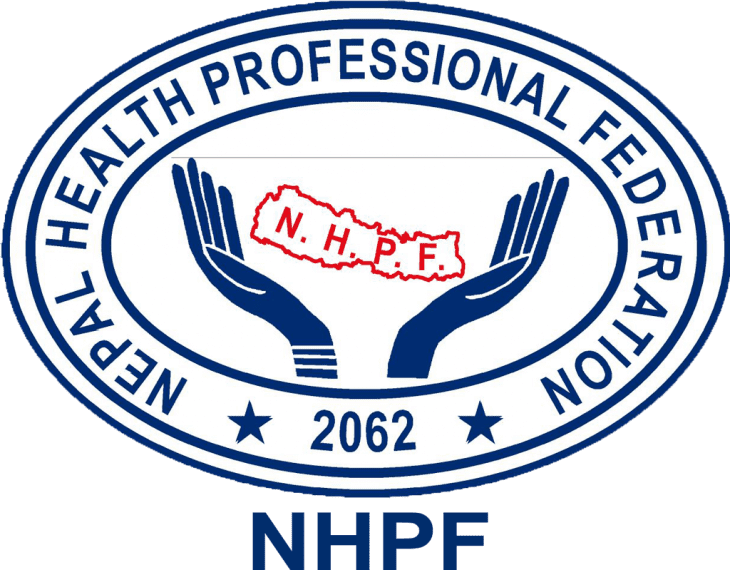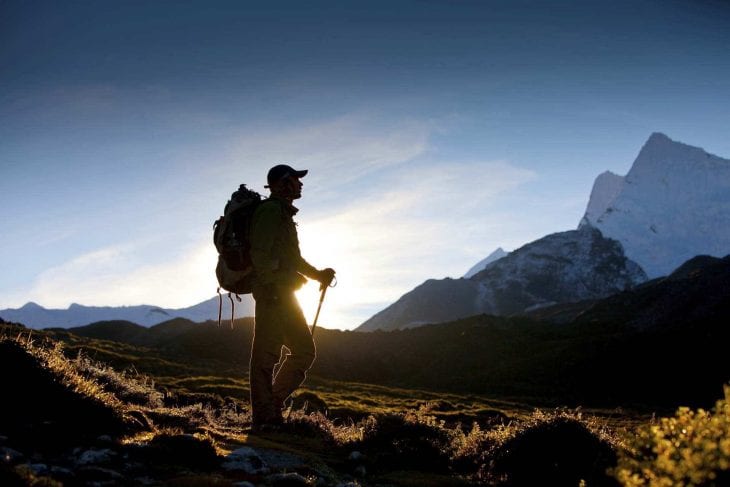Nepal! Simply the name of this Himalayan nation sparkles your soul with adventure. Nepal is full of tall mountains and climbing routes. The two go together, with trekking being an ideal approach to see this country that lies between India and China, and frequently the best way to achieve its most beautiful parts.
Trekking in Nepal is going to give you an awesome experience. From mountaineering, trekking, to jungle safari you can do numerous things in Nepal. If it’s your first time to Nepal, a couple of week of trekking is an extraordinary method to begin exploring and discovering what this state has to offer. After you pick the route that is most appropriate for you, it is time to get ready and plan for the experience. The excursion will be better if you prepare for the trip as good as possible and do your research beforehand. The tips provided below will be useful to have the best trek in Nepal.
Contents
1. Health issues in Nepal

Img source: nepalhpf.org.np
Nepal is a developing nation, so, dirt and diseases are pervasive throughout the country. Visit your GP before you set off to get an up-to-date vaccine. The most regular issues are nourishment and water-borne gastrointestinal disease. If you are feeling sick, it is essential to remain sustained and hydrated and make sure you speak to the doctor about it.
2. Acute Mountain Sickness (AMS)
If you are trekking on higher grounds, you may experience the ill effects of height affliction ordinarily known as Acute Mountain Sickness (AMS). AMS is normal while trekking in Nepal. You will feel shortness of breath and sickness. If you feel those symptoms, you have to make a prompt move to guard yourself. Progressive rising and hydration is key to maintain your health and prevent AMS from hitting you.
3. Drinking water while trekking in Nepal

Img source: odysseytraveller.com
It is possible to purchase bottled water in the majority of the famous trek routes. But, the cost of the container grows higher as you climb up. Numerous towns have filtered water stations, where you can fill your bottles at a certain price. You can likewise carry a water channel and sanitization tablets if you don’t wish to purchase the bottled water. It is fitting to get 2 one-liter containers or a hydration bladder to fill the water.
4. Encounter with animals while trekking
If you are strolling at more than 3000 m, you may experience a significant number of these hairy monster called yaks. These yaks and dairy animals/yak’s half and halves called “dzomo” are a critical piece of the Himalayan way of life. They help the general population to drive and convey colossal baggage starting with one spot then onto the next. While experiencing the bands of donkeys and yaks, remain on the mountain side of the street and ward off yourself from the edge. The creatures more often carry substantial baggage and they may kick you from the mountain if you don’t keep an eye on them.
5. Local guides and porters

Img source: andbeyond.com
Choosing whether to take guides and porter is a choice that you need to make. Not only do the guides help you in transit amid the trek, but they also provide you with useful information about the culture and way of life in Nepal. The trails of the famous treks like Annapurna Base Camp Trek and Everest Base Camp Trek are the most familiar ones and you don’t need a guide. You can go on solo treks in this district and feel safe. Be that, as it may, if you trek with guides and porter they are of incredible help if you would prefer not to carry the substantial baggage.
Additionally, they will ensure you don’t get lost in the wild. Utilization of nearby guides and porter is a suitable method to support the nation’s economy, as it gives the opening for work to local people. Keep in mind that the guides and porter are not compatible. Guides are not responsible for your luggage as in they will not carry it. Also, their English is usually poor, but most of them know the basics.
Hopefully, you will have a great trekking adventure in Nepal!
